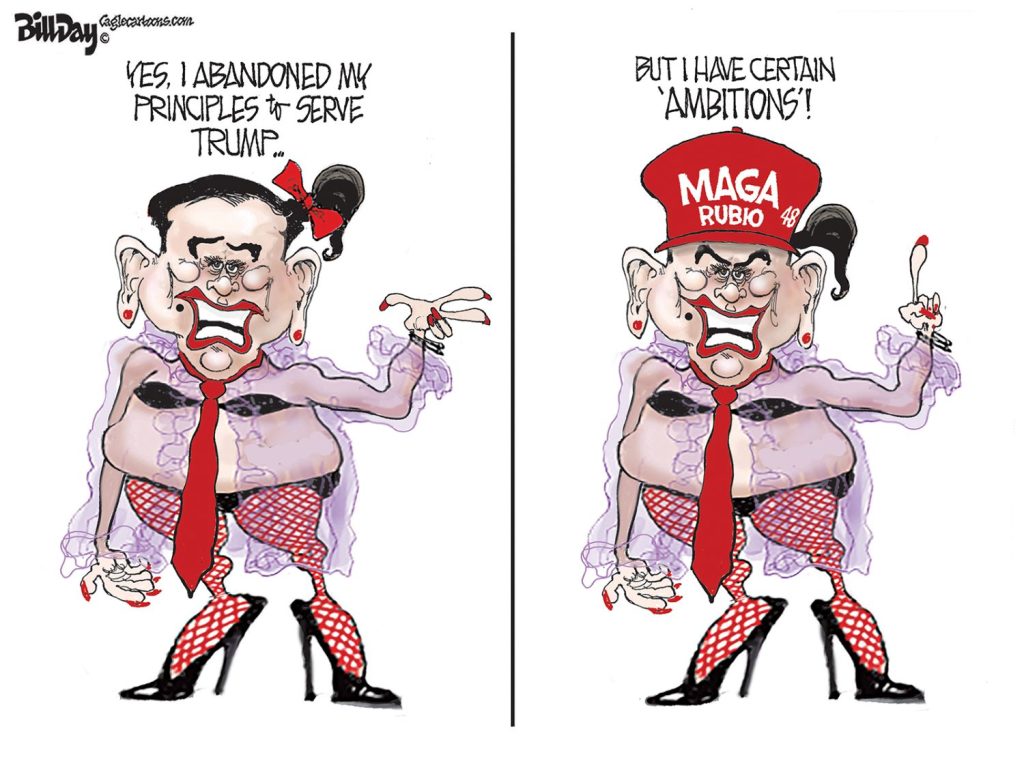There is no place more near and dear to our hearts than downtown Memphis, as evidenced by the fact that a couple of us have worked or lived here for more than 30 years apiece. There is nothing that we’re more passionate about, as proven by our posts over the past year.
Lately, we’ve received emails asking us what we think the priorities should be for downtown development, and from the tone of some of them, it’s clear that there is a simmering resentment by some that their neighborhoods have been neglected so downtown could succeed. Poll results on this question would surprise some long-time downtown boosters who assume that every one shares an understanding of the area’s importance to the region.
So, one of the first things to be done is make a persuasive case for why Memphis’ neighborhoods should care about a healthy downtown, but conversely, why healthy neighborhoods are important to downtown. It’s a given these days that the future of cities and suburbs are inextricably intertwined. The same is certainly true for downtown and neighborhoods.
Another priority is the development of a strategic retail plan, one that addresses realistically a significant challenge – how to connect a downtown business to its market.
Public Square
Somewhat related is a stronger office market, which is about more than recruiting and marketing. More to the point, increasing office occupancy begins with greater attention to the state of the “public square.” For a sizable portion of this community, the minuses of downtown outweigh the pluses.
If we are serious about selling downtown as an office center, we need to be dead serious about making downtown the kind of place where management and workers want to be in the first place. The bad news is that the downtown environment is frequently a deterrent, but the good news is that the most powerful strategy is simple – getting the basics right.
So, what are some of the basics?
One is making downtown cleaner. In our decades of experience, we can’t remember downtown being dirtier, and littering more prevalent. As we’ve mentioned previously, litter in high visibility locations (such as Union Avenue from the Peabody to the riverfront) routinely remains for weeks.
Design
Another basic is higher design standards and more thought about the downtown esthetic. Some symptoms of the problem are the presence of planters too big for sidewalks, some public signage that looks like they were made in shop class, trees cut down at will and nothing put in their places and public space that is poorly maintained.
Then, there is safety. We have repeated downtown crime statistics for years to make the case that it is safer here than in most parts of Memphis. However, in recent months, there has been an up tick in the number of robberies and assaults that is troubling, not to mention, the ubiquitous presence of panhandlers who harass workers and visitors and sleep in alleys and doorways reeking of urine does nothing so much as injecting a feeling of risk into the downtown scene.
We don’t want it to sound like the Center City Commission doesn’t do anything right. It is ham-stringed by a budget that is too small for its mission, it suffers from limited support from city and county governments and its aversion to risk stems from the takeover of the board by elected and appointed officials.
It wasn’t supposed to be like this. Thirty years ago, when the Center City Commission was being created, the idea was that the public sector would create the agency in concert with the private sector, because it was thought that for it to be successful, it needed to have an entrepreneurial culture more in keeping with business.
Orientation
Unfortunately, the Memphis Chamber of Commerce closed its doors and was essentially bankrupt. Shelby County Government then developed some reluctance to support the agency, and in the end, only Memphis City Government moved ahead with its creation.
Later, county government joined in, but it would take time before the Chamber was reinvented, and by then, the moment for real change had passed. Ever since, hopes that the agency would reflect a business orientation have been, well, hopes.
About 15 years ago, in a discussion inspired by downtown guru Henry Turley, there was talk about returning to the founding vision of the Center City Commission, but the effort faltered for lack of political will to get it done. Sadly, the current of change ran in precisely the opposite direction.
The private sector orientation almost disappeared as more and more politicians added themselves to the group. It was difficult enough to act entrepreneurially before, but with the addition of state senators and representative, and more local politicians, entrepreneurship has become the exception, not the rule.
Wisdom
There’s no question that members of the Center City Commission are good people. It’s just that the public sector doesn’t possess the skills most needed for the agency to be most successful in its work.
Often, when the conversation turns to downtown development, we think of the words of Mr. Turley 15 years ago:
We need to quit planning and do something. Let’s pick two or three things and go do them, and when we’re done, we’ll pick two or three more, and we’ll do them, too.
It sounded like wise advice back then, and it seems absolutely prescient now.
There’s no doubt that downtown development agencies serve many masters, they balance conflicting agendas and they contend with divergent political forces. But, sometimes, the best course of action is to narrow the focus and accomplish two or three projects with impact.
In the end, that can create something downtown that is often the hardest thing of all – momentum.


